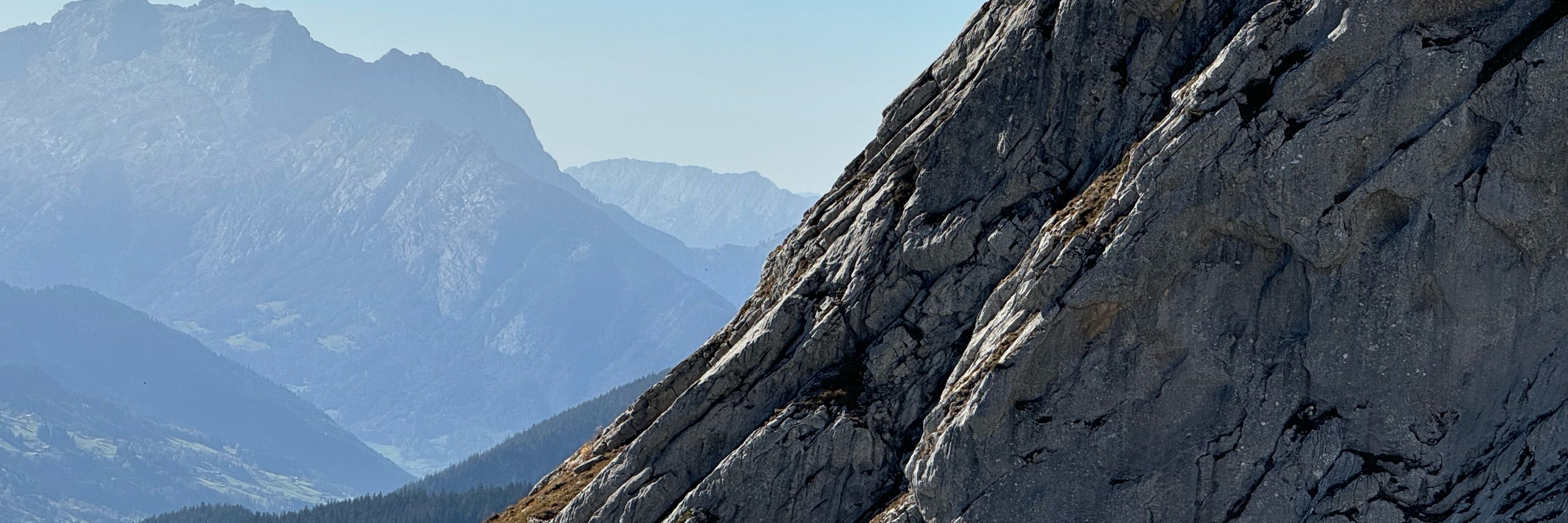Ramon
@noctrog.bsky.social
52 followers
190 following
10 posts
PhD ML student in Switzerland
Prev intern at NVIDIA, Sony
Posts
Media
Videos
Starter Packs










